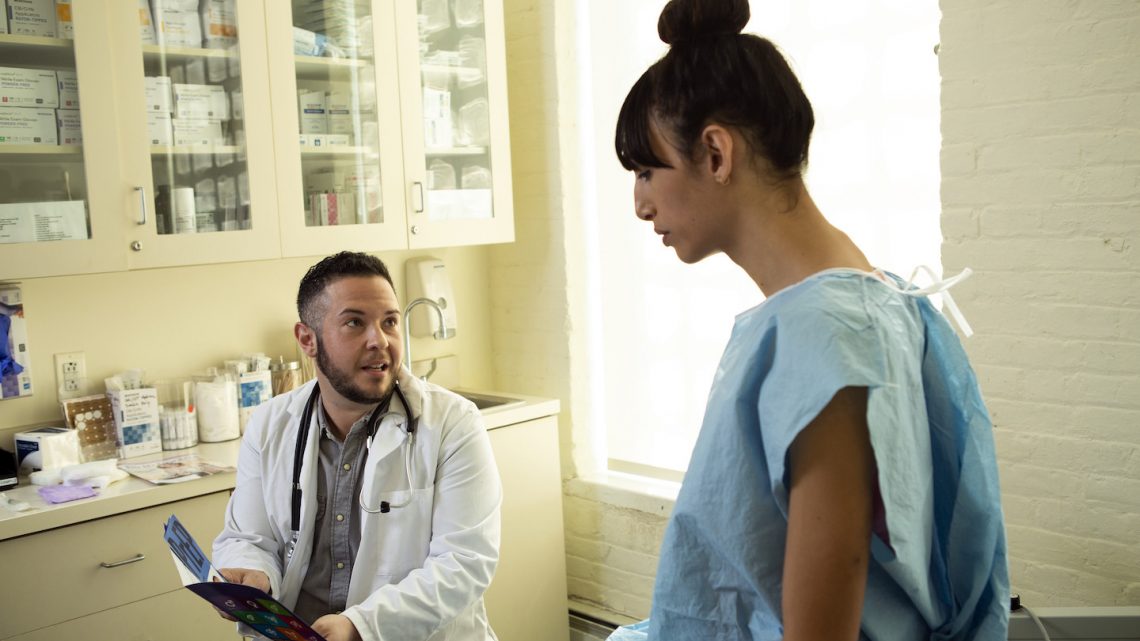
Even a Standard Throat Swab Can Cost $28,000 If Your Doctor Wants It To
December 23, 2019No matter how prepared anyone thinks they are when it comes to dealing with the American health system, the possibility of getting hit with a shockingly high medical bill looms. That hanging dread is due, in part, to the possibility of unexpected out-of-network charges. According to NPR , Alexa Kasdan, a New York City resident, learned as much in October when she went to the doctor for a simple throat swab, left with a prescription for antibiotics, and incurred a bill of more than $28,000 in the process.
The doctor Kasdan visited had ordered an excessive number of tests and sent the sample to a lab that was out of network for her provider, Blue Cross Blue Shield, sending the costs into the stratosphere. That’s literally it! Blue Cross Blue Shield shouldered $25,000, the bulk of the bill, and Kasdan said the doctor’s office agreed to waive the remaining $2,530.26 she was “responsible” for. But, according to Richelle Marting, a medical billing lawyer who spoke to NPR, her gain is likely a net loss for others in her insurance network. “Overall, if the group's claims and costs rise, all the employees and spouses paying into the health plan may eventually be paying for the cost of this," Marting said. Eventually, Marting said a bill of this size would even lead to higher premiums for customers—a closed loop connecting providers to insurers that ultimately translates into a more costly healthcare experience for everyone.
It would be great if the primary worry the average American had about seeing a doctor revolved around a potential diagnosis instead of the potential cost. Unfortunately, thanks to a convoluted, unreliable healthcare system riddled with opportunities for providers and insurers to overcharge patients and chalk it up to hapless “error” or “miscommunication,” that is far from the case. Medical bills contain errors on a regular basis, the healthcare system hemorrhages billions of dollars in waste spending annually, and the number of Americans without insurance rose in 2019 for the first time since the Affordable Care Act was implemented, in 2014. People have adapted to this medical labyrinth: According to one study, more than half of millennials reported being aware of medical costs before visiting a doctor, and 41 percent of their Boomer peers said the same thing.
Excess charges incurred thanks to an in-network provider looping in an out-of-network provider without the patient’s awareness or consent is commonplace, and has been going on for years. According to a New York Times article from 2013, it’s incredibly easy for patients to get passed from a doctor who’s in-network to an out-of-network specialist, even if they work for the same hospital. And even if a given emergency room is in-network for a patient, the doctors who actually work there might not be—according to a 2016 report from the New York Times, 22 percent of patients who visited an in-network emergency room were hit with charges from an out-of-network doctor after they left. Maybe that’s why, per the same study above, millennials are more than twice as likely to skip out on medical care for cost-related reasons. The fact that many Americans have to choose between “toughing out” their health problems or rolling the dice on serious medical debt is yet another symptom of a deeply unwell healthcare system.
Sign up for our newsletter to get the best of VICE delivered to your inbox daily.
Follow Katie Way on Twitter.


